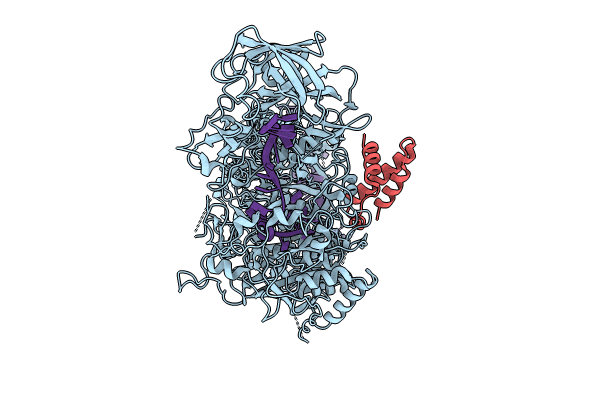
Deposition Date
2023-10-03
Release Date
2024-05-29
Last Version Date
2025-07-02
Entry Detail
PDB ID:
8WML
Keywords:
Title:
Cryo-EM structure of Cas7-11-crRNA bound to N-terminal of TPR-CHAT
Biological Source:
Source Organism:
Escherichia coli (Taxon ID: 562)
Desulfonema ishimotonii (Taxon ID: 45657)
Desulfonema ishimotonii (Taxon ID: 45657)
Host Organism:
Method Details:
Experimental Method:
Resolution:
2.86 Å
Aggregation State:
CELL
Reconstruction Method:
SINGLE PARTICLE


